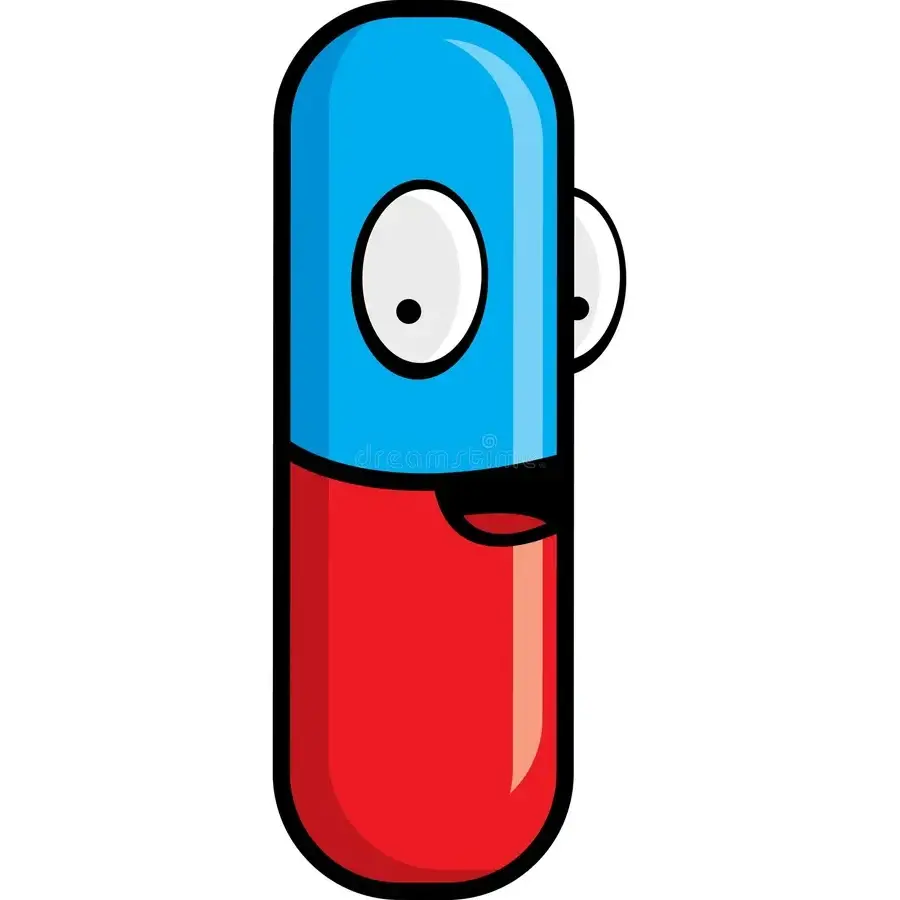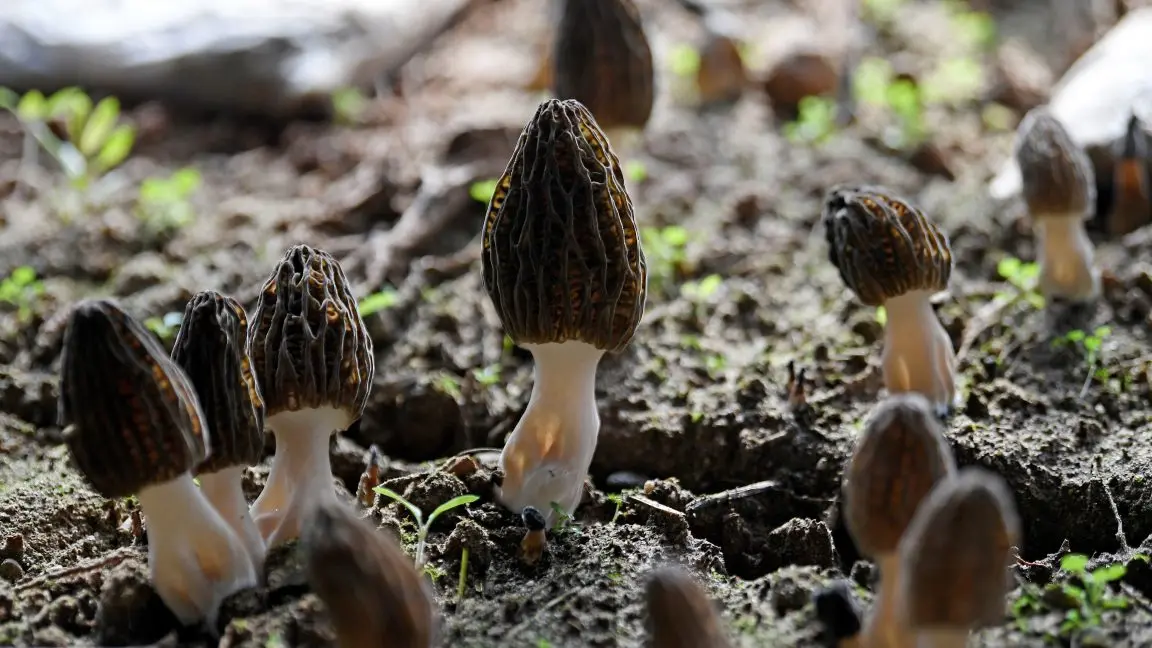On Thursday, Montana health officials published an outbreak analysis of poisonings linked to the honeycombed fungi in March and April of last year. The outbreak sickened 51 people who ate at the same restaurant, sending four to the emergency department. Three were hospitalized and two died. Though the health officials didn’t name the restaurant in their report, state and local health departments at the time identified it as Dave’s Sushi in Bozeman. The report is published in the Centers for Disease Control and Prevention’s Morbidity and Mortality Weekly Report.



The author of this article seems to be as ignorant as the chefs behind this incident.
Morels are known to be toxic until cooked. I’m surprised there was no explicit mention of this in the article.
In general, the boilerplate advice is to never consume raw mushrooms, even from species known to be edible, unless they are explicitly known to be edible raw. Button mushrooms are the only one I can think of. It’s likely other species are edible raw too, but it’s better not to gamble if it’s unproven.
People preparing or consuming wild foods should make sure to do the proper research. That is the only safe way to practice foraging. Very sad that people died because of this.
The article mentions multiple times that cooked mushrooms are safer than raw ones.
Safer because “bacterial contaminants” and “full nutritional value”. These things may be technically true but they mislead by the larger omission that the real issue is their established toxicity.
I wish food irradiation became popular. If only people weren’t so irrationally afraid of any word that sounds like the word “radiation”, then we would be able to safely eat all kinds of foods fully raw without any chance of getting sick from a microorganism.
I thought food irradiation went out of favour because the microbes became resistant? I have no idea where I heard that so maybe it’s just people’s irrational fear of “radiation”.
Nope, that’s false
The article also points out that there were people who ate the raw sushi with no adverse affects, so mentioning “their established toxicity” seems like it would be just as misleading.
Psilocybe cubensis is also edible raw but make sure not to eat the portion that was connexted to rhe substrate bc it probably has poop on it lmao
That may have been more than half a gram lmao
I would still consider cubes poisonous. Although it won’t kill anyone haha.
deleted by creator
I was wondering about this when I read the article this morning, as I have never once heard of anyone who ate morels raw or even partially cooked. Is this some kind of new trend trying to follow the Japanese who eat puffer fish?
You’re 100% right. For the record these mushrooms were cultivated; not wild, but also from China which introduces its own concerns.
How? You can’t cultivate morels.
I thought the same until I recently learned otherwise:
Cultivating Coveted Morels Year-Round and Indoors
Jacob and Karsten Kirk, twins from Copenhagen, say they have devised a method to reliably grow morel mushrooms in a climate-controlled environment.
Good point. However the issue is a less developed food culture around these mushrooms than their mode of production/harvest. So I think the same logic applies here.
I wouldn’t even eat raw button mushrooms like you suggested.
In the best case, they can’t be broken down by our bodies, so all the nutrients wander through us and get wasted.
In the worst case, the agaritine found in them, which easily gets destroyed by cooking btw, may get classified from suspectedly carcinogenic to carcinogenic.
I’ve heard this but considering they are widely eaten without issue I’m not convinced it’s a real problem. Many foods contain carcinogens, but it’s the dose that makes the poison. Considering the history of raw consumption it would take research demonstrating a link to cancer outcomes to convince me they’re not safe.
That said, I think they taste much better cooked anyway.